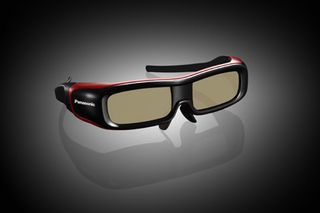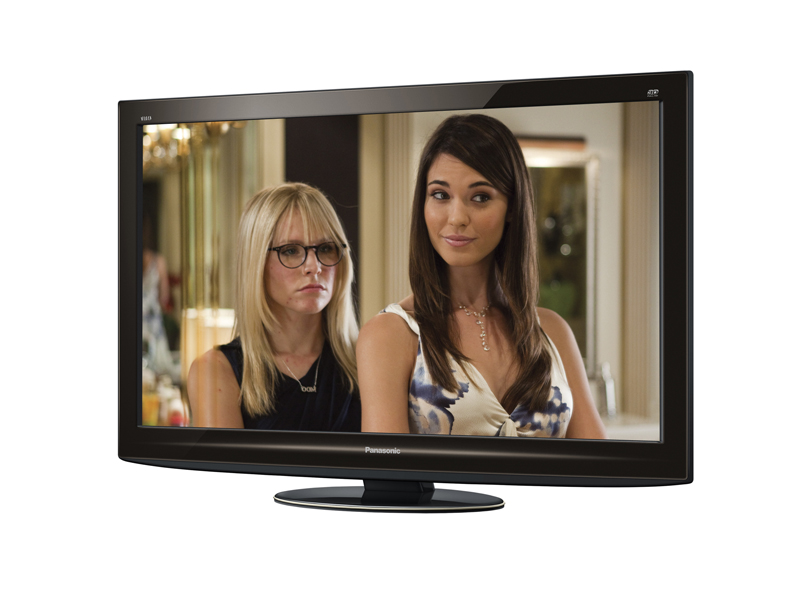TechRadar Verdict
Pros
- +
Nearly crosstalk-free 3D pictures
- +
Good black level response
- +
Decent 2D to 3D conversion
- +
Good price for a 3D TV
Cons
- -
Contrast not as good as the VT20 series
- -
One or two colour tone issues
- -
3D images lack punch
Why you can trust TechRadar
The jury may still be out on just how badly the public actually wants 3D, but the arrival of a third TV dimension is undoubtedly great news for plasma.
Just when it looked like LCD was about to bury its old rival once and for all, gas proved it could show 3D pictures with much less ghosting noise, or crosstalk, than liquid crystal and the world was suddenly interested in plasma again.
The only catch in this resurgence has been size. Panasonic focused initially on screens of 50-inch and 65-inch for its 3D efforts, which was great for people with big bank accounts and bigger rooms, but of little mainstream significance.
Cue the P42VT20B examined elsewhere on this site and the more value-led P42GT20 reviewed here. As their names suggest, both sets boast a much more manageable 42-inch screen. But the 'G' in the P42GT20 name and its £300 lower price tag also suggests that some compromises have been made.
Significantly, the GT20 lacks the rather excellent new black level filter sported by the flagship VT20 series. It also lacks a subwoofer in its speaker configuration versus the VT20's and doesn't ship with a provided Wi-Fi USB adaptor like the VT20 series does. You can add the latter item, but you have to pay extra for it.
One bit of good news, though, is that the P42GT20 is – for now, at least – shipping with two pairs of 3D glasses.

Just in case you're happy with 2D, remember that Panasonic also has a range of conventional plasma models. The flagship non-3D models are the V20 series, as represented by the P50V20B and P42V20B. Down from there you get the P50G20B, P46G20 and P42G20, which lack the high contrast filter of the V20 series, have diminished audio power, and don't carry any supplied Wi-Fi capabilities.
From the G20 series you move down to the S20 range, which uses last year's NeoPDP screen technology rather than the much more advanced system used in the G20 upwards, and finally there's the entry-level X20 range, which don't have full HD panels and don't use NeoPDP technology.
John has been writing about home entertainment technology for more than two decades - an especially impressive feat considering he still claims to only be 35 years old (yeah, right). In that time he’s reviewed hundreds if not thousands of TVs, projectors and speakers, and spent frankly far too long sitting by himself in a dark room.

